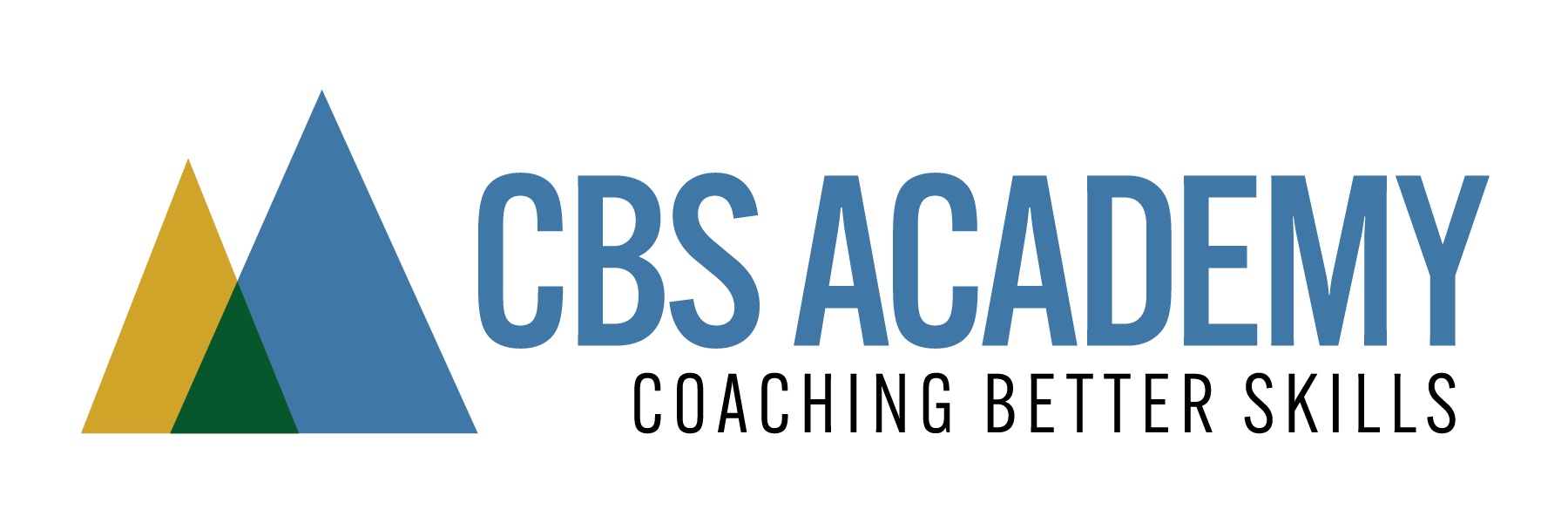MOS Coaching Tip - Team Development Plan
Know How to Read
and Interpret
Measurement Reports
Being able to read and interpret measurement reports is a crucial skill for any team leader. It allows them to assess their team's strengths and weaknesses accurately. By analyzing the data presented in these reports, team leaders can identify areas where their team excels and areas where there is room for improvement. This information is invaluable for making informed decisions about how to best support and develop their team members.
Write your awesome label here.
